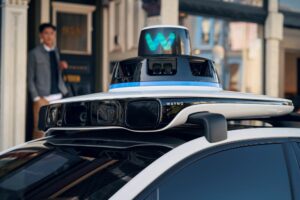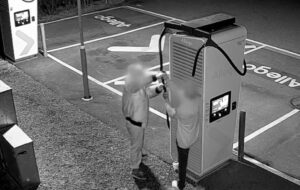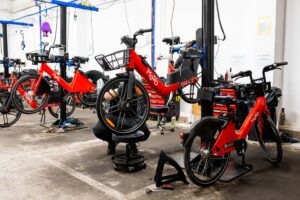New Artificial Intelligence (AI) technology will predict air pollution levels one hour in advance based on a flow of captured vehicle and air quality data.
The AI analyses CCTV cameras, weather measurements, historic readings, Bluetooth and pollution sensing devices to predict traffic jams and air pollution.
The technology then links to existing road management systems (traffic lights and digital displays) to divert and control vehicle movements.
The ‘pollution predictor’ technology which has been developed by technology company Now Wireless, is said to be is 97% accurate and is the first technology to link real-time data to immediate inexpensive action
The technology builds into predictive knowledge which is continuously updated and refined. Within 48 hours of installation, the predictor is said to be able to anticipate traffic jams an hour ahead of time.
For local authorities that are facing growing congestion and poor air quality, the predictor offers an alternative to outright vehicle bans.
The system is currently being installed in Wolverhampton and will be operational by the end of the year. Now Wireless is also working with Glasgow, Wallsall and Southampton local authorities to develop more predict and control systems.
Current air pollution monitoring relies on chemiluminescent analysing units, room-sized roadside devices that measure NO2 levels. These cost about £50,000 to buy and £250,000 over their five-year life to maintain.
The predictor system costs about one-tenth of this price to buy and has almost no annual running costs.
Brian Jackson, CEO of Now Wireless said: ‘This is a very exciting development in dealing with the linked problems of air quality and traffic in towns and cities.
‘Research shows that journey time is often the most significant factor in pollution management. But before now there has not been a way to link pollution information to immediately solve the problem. This can now be done with our system.’
Photo Credit – Pixabay

















Leave a Reply